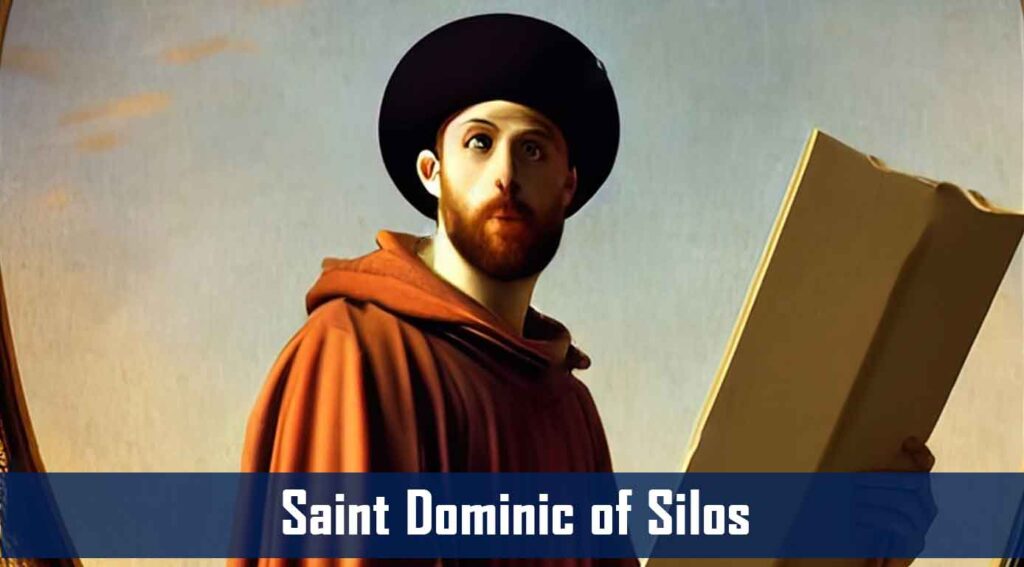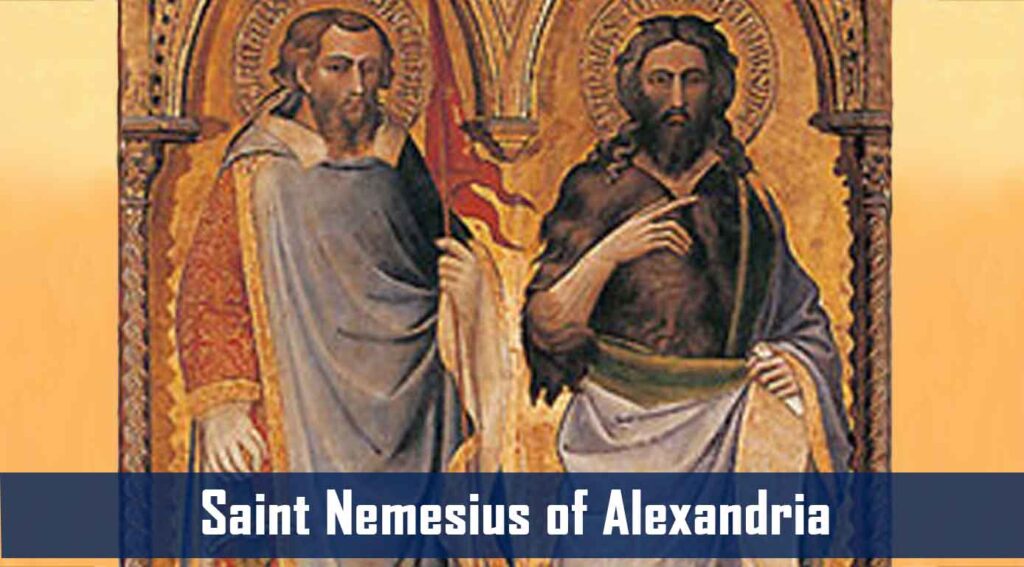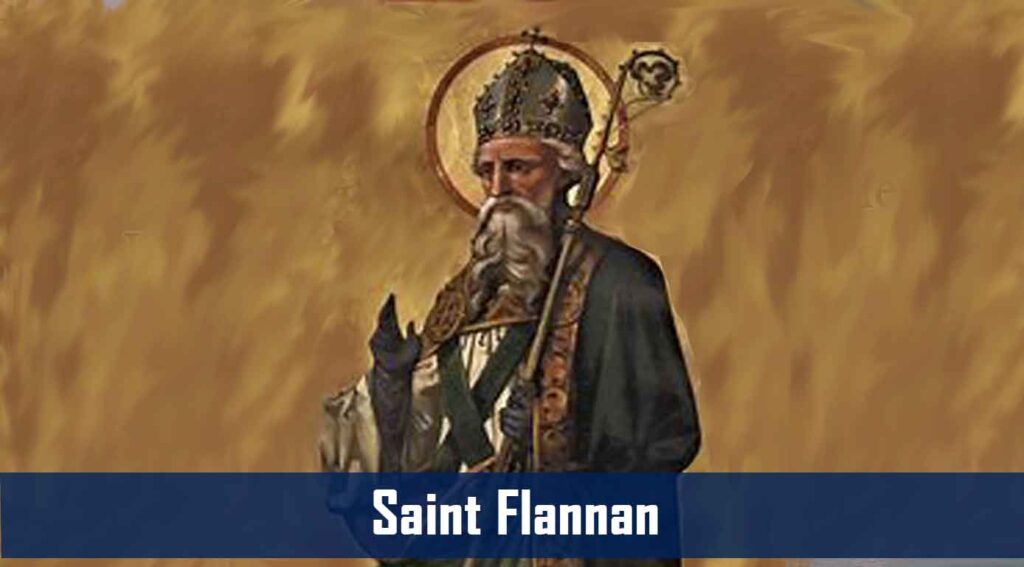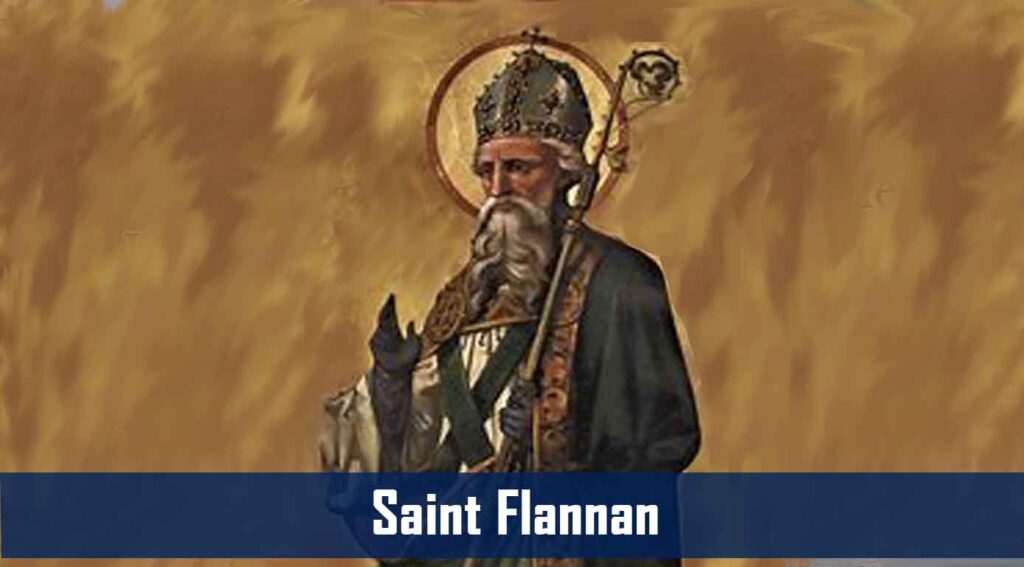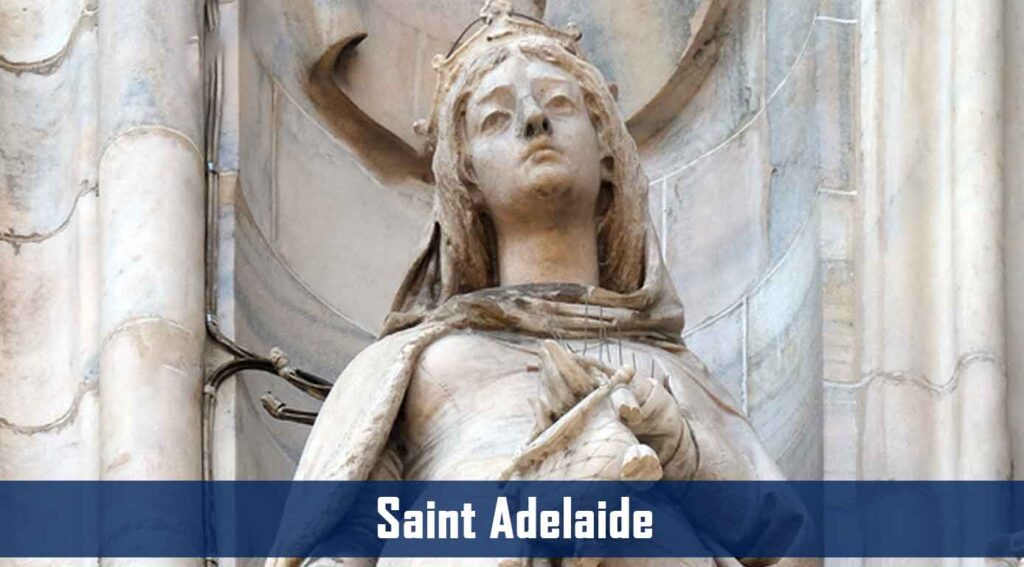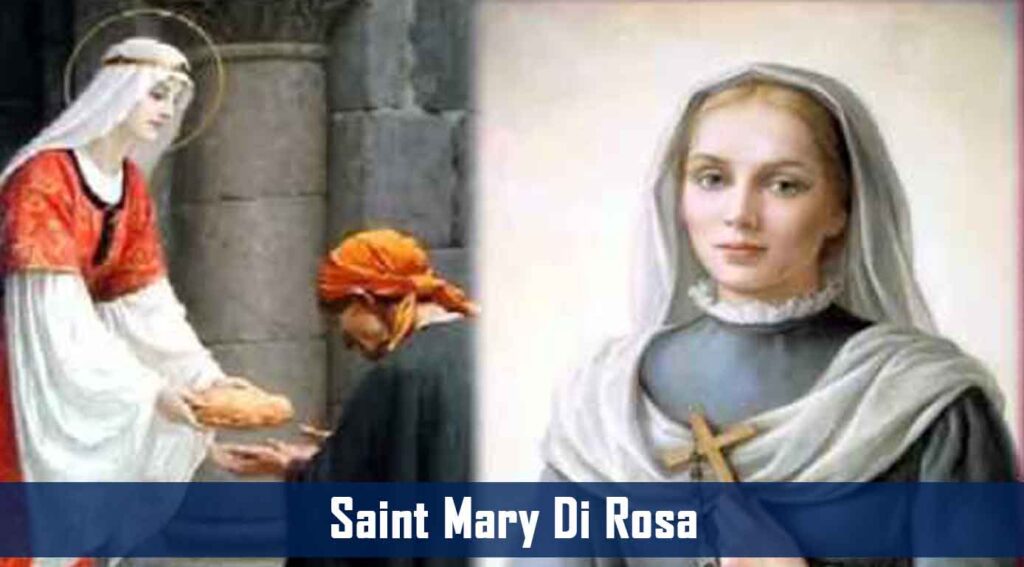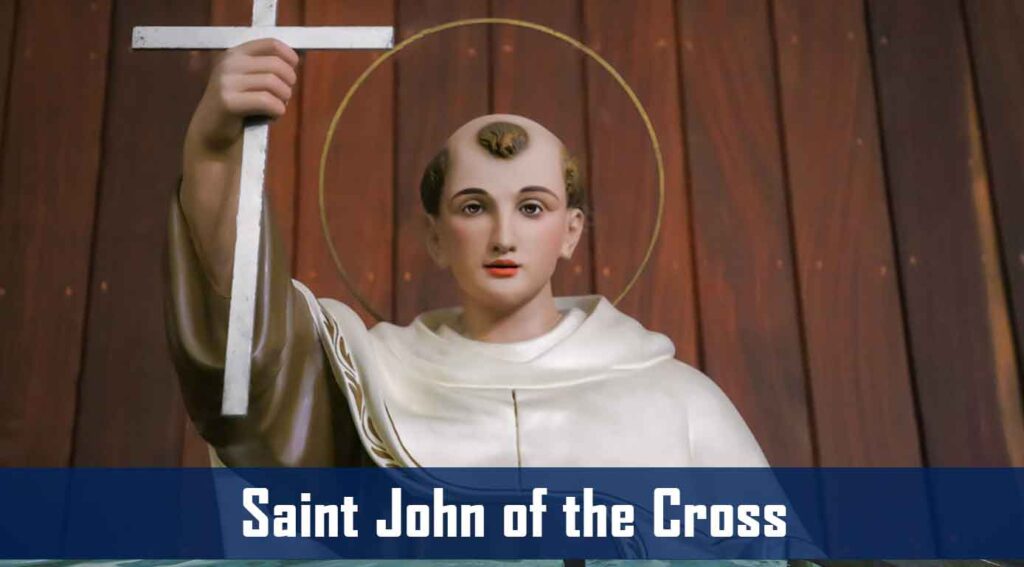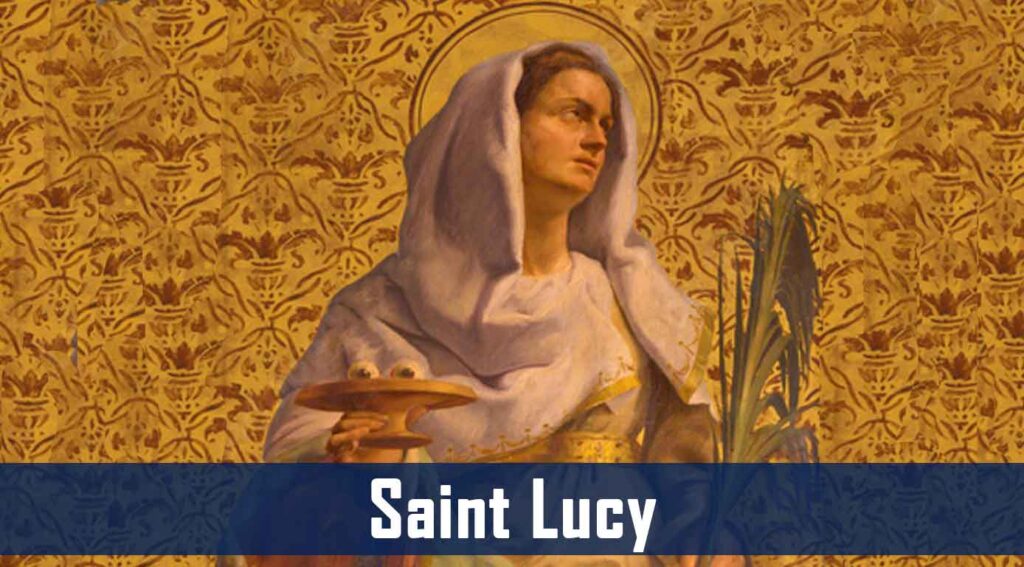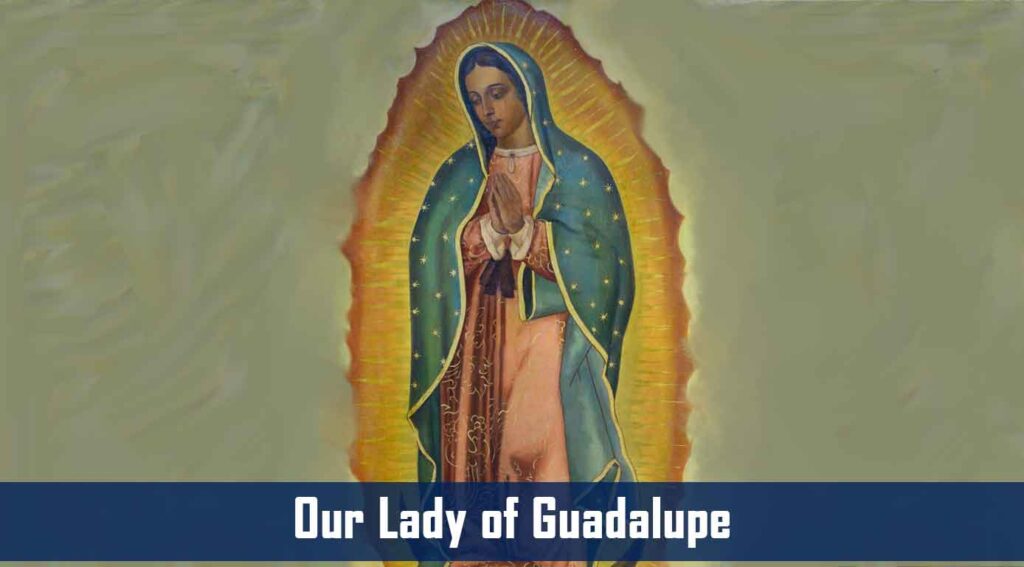Saint Dominic of Silos
Our saint today, Dominic of Silos, was born in Spain around the year 1000 into a peasant family. As a young boy he spent time in the fields, where he welcomed the solitude. He became a Benedictine priest and served in numerous leadership positions. Following a dispute with the king over property, Dominic and two other monks were exiled. They established a new monastery in what at first seemed an unpromising location. Under Dominic’s leadership, however, it became one of the most famous houses in Spain. Many healings were reported there.
About 100 years after Dominic’s death, a young woman who experienced difficult pregnancies made a pilgrimage to his tomb. There Dominic of Silos appeared to her and assured her that she would bear another son. The woman was Joan of Aza, and the son she bore grew up to be the “other” Dominic—Dominic Guzman, the one who founded the Dominicans.
For hundreds of years thereafter, the staff used by Saint Dominic of Silos was brought to the royal palace whenever a queen of Spain was in labor. That practice ended in 1931.
Saint Dominic of Silos Read More »


